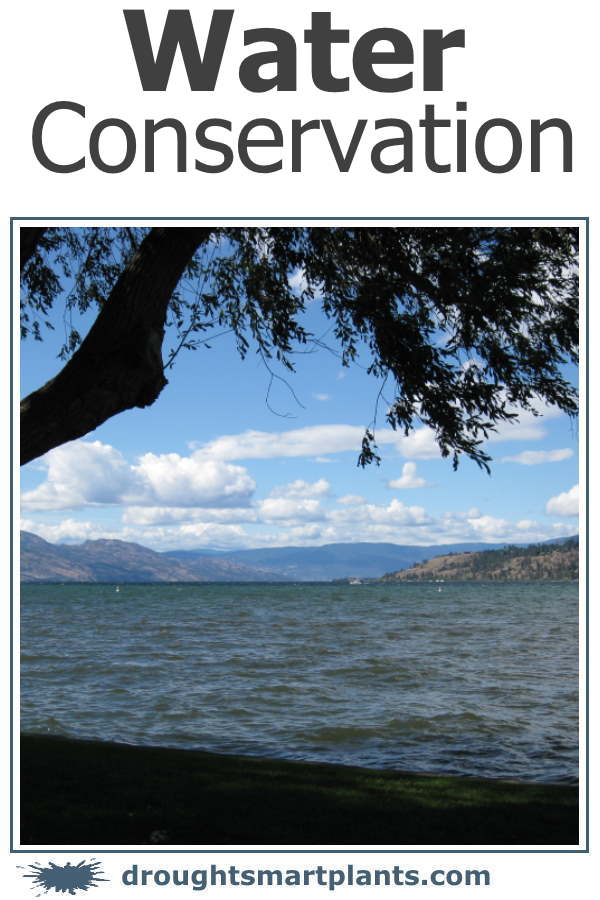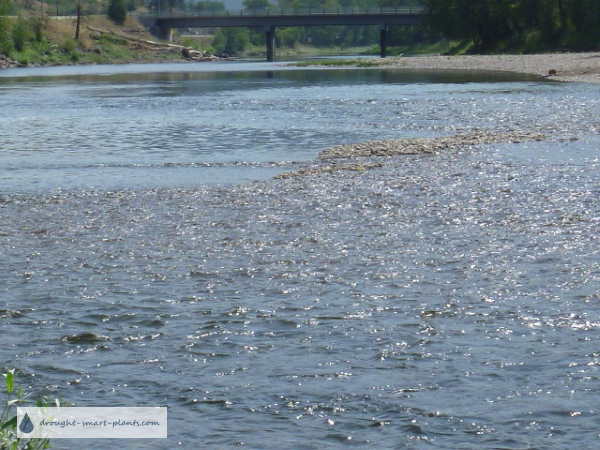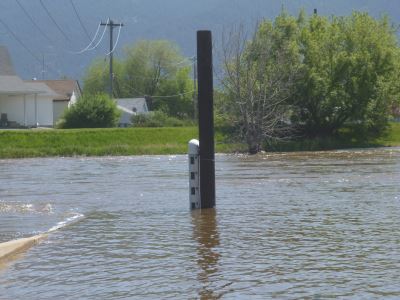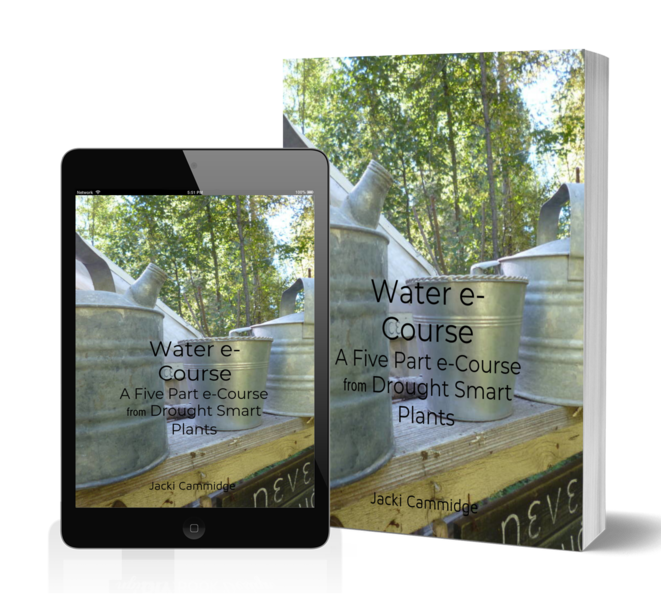A Precious Resource
Capturing excess water that falls as rain in a rain barrel or other system is only the beginning of water conservation. Now what do you do with the rainwater salvage?

In the garden, wise water use goes much further than simply planting xeric plants that require little additional water; it includes the techniques of soil conservation by building up the organic matter, and mulching, as well as learning some techniques and simple alteration in our attitude to conserve the dwindling supply of water.
Water conservation requires a change in thinking, and applying techniques that use water wisely.Check out these facts.
Whether you have your water supplied by a municipality which has watering restrictions in place, or if you use a well, cistern, lake or river water, these strategies will help you to conserve water.
- Use irrigation tools such as drip irrigation systems or soaker hoses instead of overhead sprinklers, which apply the water right to the root zone of the plants instead of wasting it on sidewalks and pathways. An added benefit of watering only those plants that you are growing for beauty or food is that the weeds in the paths won’t be able to grow.
- Irrigate with a timer so the water comes on at night when there is less evaporation and don’t overwater. Turn the water off manually if there is a spell of cooler weather with some rainfall.
- Harvest your water and direct it into a rainwater tank. There are many different styles and types available – for potable water, make sure they’re made from a type of material that is safe to use for this.
- Use either an organic mulch which will break down and supply your soil with more organic matter, or a permanent pebble or lava rock mulch which keeps the soil cool and traps some moisture under it.
- Water deeply and thoroughly; then allow to the surface to dry between waterings. This encourages the roots to go deep into the subsoil and helps them withstand drought.
- Plant those types of hardy plants that don’t require much water anyway, such as succulent, silver, waxy or hairy leaved drought tolerant plants and shrubs for xeriscaping.

Conserving water helps our environment, especially sensitive rivers
Water conservation will soon be, if it isn’t already, a way of life. Wise use of diminishing supplies of this precious resource in a perpetually changing climate is a habit we have to learn now.
Drought smart strategies as well as xeriscaping will help conserve water in the garden, leaving more available for other uses, such as for drinking and household use.
What we don’t want to see:

The Kettle River, Grand Forks, B.C. in full spate in early May
One of the side effects of climate change is out of whack weather.
A heat wave in early May, about a month earlier than the more common flood time of late May to mid June, melts the snow pack at higher elevations.
The result? Flooding, and in time, drought as the valley dries out much earlier than usual.
Water e-Course – five part free e-Course – sign up now;


